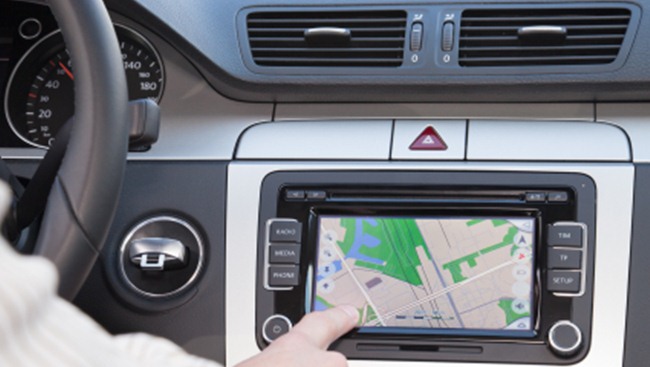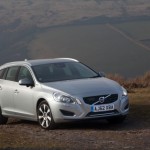HONOR has officially opened pre-orders for its much-anticipated HONOR 400 and HONOR 400 Pro smartphones in South Africa — ushering in a bold new…
4 ways GPS tech is better than ever


The GPS used to be a luxury item, reserved for the rich who couldn’t use maps, but with basically everyone owning a smartphone, the GPS is now as common as a pigeon in a city. For that same reason, it’s become a bit strange to have a standalone GPS when there’s a perfectly good one in your pocket. That may not be the case any longer, because the GPS seems to have taken off in a few new directions that your fancy phone haven’t even conceived of; not yet at least.
Locata
Satellites: as many as there are floating about, doesn’t change the fact that these are crazy expensive. And with all the signals being sent back and forth it’s no wonder it sometimes sends you to grandma’s backyard when you want to go to KFC. Locata, though, takes a different approach, using ground-based equipment that bounces radio signals off the ground to get its information.
Pretty nifty, I’d say. Locata even takes it one step further and gives you, not only outdoor locations, but also indoors. The further benefit of using ground based signals is that they are significantly more accurate than satellites and won’t be affected as much by solid objects. Imagine all those times getting lost in one of those enormous shopping malls. Now imagine your phone directing you out. That would make for a wholly less stressful experience.
GPS for autonomous cars

The problem of driving about in a city with so many invisible signals floating about is that autonomous vehicles will struggle to get about using only a GPS. The Universidad Carlos III de Madrid has found a way to increase overall accuracy with some help from smartphones.
Actually, more the technology inside of smartphones, particularly the accelerometers and gyroscopes. They help the GPS triangulate itself amongst the hustle of city signals, improving the accuracy from about 49 feet to a very reasonable 3-7 feet. This will not only increase your chances of arriving in the place you told your car to go, but also makes sure you don’t hit anything on the way.
The system will be able to slot into any existing car, making the GPS unit a more accurate and effortless piece of equipment.
Rolls Royce Wraith GPS
For Rolls Royce, comfort and effortless progress are everything. The engine and gearbox are supposed to work seamlessly together to produce a ride as smooth as a fine 50-year single malt. For its newest creation, the Wraith, Rolls has developed its gearbox to work with its GPS.
A bit strange, I know. But what this means is that the gearbox will know where you are and, essentially, can preempt gear changes based on where you are going. Its 8-speed ZF automatic gearbox uses the car’s surroundings for reference to which gear it should be in. For instance, it will choose a lower gear for a corner ahead or jump to a higher one with the knowledge that there are no corners for 600km if you are in the Karoo.
A fairly obscure use for a GPS, but then again if you have the means, use it. I can’t see many other ways Rolls Royce could improve on smothering the road for its passengers.
Pioneer HUD

BMW was the first to incorporate a head-up display for its drivers, but it hasn’t taken on the gaming viewpoint until now. Using a laser-projected display from MicroVision, it projects the visuals onto the windscreen in front of the driver. So instead of being distracted by a GPS off to the side, the driver can actually watch the road and see exactly where to go.
It really is like a video game. All the directions are put up right there in front of you, as well as the normal display you would get from a standard LCD GPS. There’s now less of a chance of getting lost or fighting with friends about which turn the GPS actually told you to take.
Image: motion sensor, Pioneer via Engadget
Image: Locata via ZDNet



